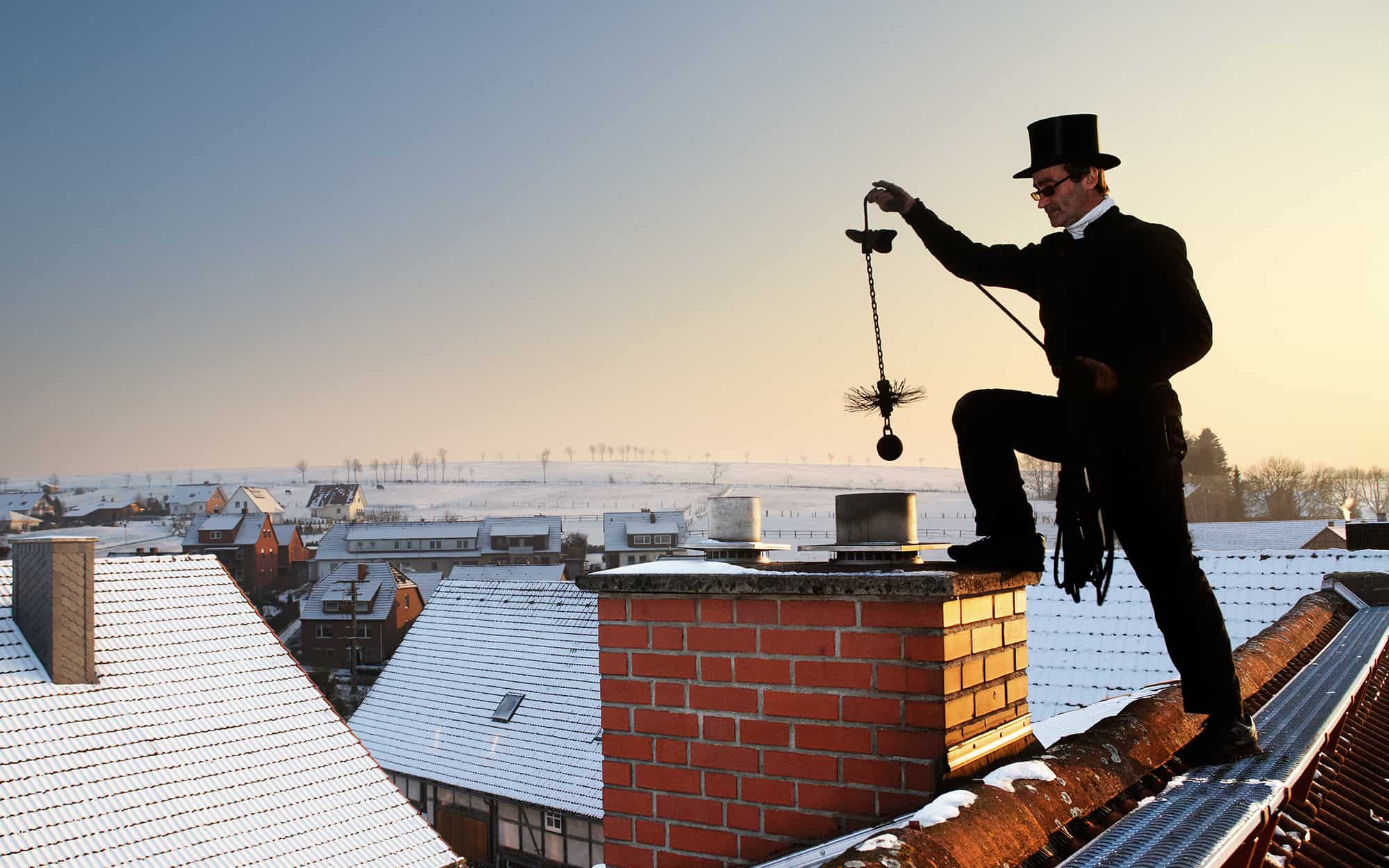

Articles
How Old Were Chimney Sweeps
Modified: May 6, 2024
Discover fascinating articles on how old chimney sweeps were and learn about their historical significance.
(Many of the links in this article redirect to a specific reviewed product. Your purchase of these products through affiliate links helps to generate commission for Storables.com, at no extra cost. Learn more)
Introduction
The profession of chimney sweeping has a long and storied history, dating back centuries. In the past, chimney sweeps played a crucial role in maintaining the safety and functionality of chimneys, which were essential for heating and cooking in households. However, what many people may not know is that chimney sweeping was often a perilous occupation for young children.
In this article, we will delve into the historical background of chimney sweeping and explore the age range of those involved in the profession. We will also examine the challenges faced by young chimney sweeps and the reforms and regulations that were implemented to protect their rights. Finally, we will discuss the decline of chimney sweeping as a profession for children.
Through this exploration, we hope to shed light on an often-overlooked aspect of history and raise awareness about child labor issues that were prevalent in the chimney sweeping industry.
Key Takeaways:
- Child chimney sweeps, known as “climbing boys”, faced perilous conditions and exploitation. Reforms and regulations, along with societal shifts, led to the decline of child chimney sweeps and the protection of young workers’ rights.
- The decline of child chimney sweeps highlights the importance of ongoing efforts to combat child labor and protect vulnerable young workers. It serves as a reminder of the progress made and the need for continued advocacy for children’s rights.
Read more: How To Do Chimney Sweeping
Historical Background of Chimney Sweeping
The practice of chimney sweeping can be traced back to ancient civilizations, including the Roman Empire. However, it wasn’t until the industrial revolution in the 18th and 19th centuries that chimney sweeping became a widespread profession in Europe and North America. The increased use of coal as a fuel source led to an exponential rise in the number of chimneys in residential and commercial buildings, creating a high demand for chimney sweeps.
During this time, many houses had multiple chimneys, each requiring regular cleaning to prevent the build-up of soot and the risk of chimney fires. The task of chimney sweeping was physically demanding and often dangerous, requiring individuals to climb inside narrow and dark chimneys to scrape away the soot and debris.
Initially, adult men performed the arduous task of chimney sweeping. However, it was later discovered that children, due to their small size, were more agile and better able to navigate the cramped spaces within chimneys. This led to the increasing involvement of young boys in the profession.
Child chimney sweeps, known as “climbing boys”, were often from impoverished backgrounds and were sold or apprenticed to master sweeps. These young boys, typically aged between four and fourteen, endured difficult and hazardous working conditions in order to support themselves and their families.
The job of a chimney sweep was not only physically demanding but also mentally and emotionally challenging. Climbing boys had to deal with the constant fear of getting stuck or falling inside the chimney, as well as the inhalation of toxic soot and dust. They were also vulnerable to various health issues, such as respiratory conditions and even cancer caused by prolonged exposure to chimney pollutants.
Furthermore, climbing boys were frequently subjected to mistreatment and abuse by their masters. They often worked long hours, were underfed, and had little to no protection against the harsh elements. Many suffered from injuries, burns, and even loss of limbs due to accidents and improper working conditions.
Despite the dangers and hardships, child chimney sweeps played a crucial role in keeping chimneys clean and preventing the risk of fires. Their important contribution to society cannot be overlooked, even though their involvement in the profession was born out of necessity and exploitation.
Child Labor in Chimney Sweeping
Child labor in the chimney sweeping industry was a tragic reality during the 18th and 19th centuries. Poverty-stricken families often saw no other option but to send their children to work as chimney sweeps in order to provide some financial support. The widespread prevalence of child labor in this profession raised important ethical and moral concerns.
Children as young as four years old were put to work as climbing boys, tasked with the dangerous job of cleaning chimneys. These young children were often orphans or came from families too impoverished to care for them. They were sold or apprenticed to master sweeps, becoming part of a system that exploited their vulnerability and stole their childhood.
Child chimney sweeps faced numerous hazards and challenges in their line of work. The most obvious danger was the physical risk of climbing and maneuvering through narrow and confined spaces within chimneys. Many accidents occurred, with children getting stuck, falling, or even getting trapped by collapsing chimneys.
The health risks associated with the chimney sweeping profession were also profound. Climbing boys were exposed to toxic gases, soot, and dust, leading to respiratory ailments, lung diseases, and other long-term health issues. The constant inhalation of chimney pollutants had serious implications for their overall well-being.
In addition to the physical and health risks, child chimney sweeps endured harsh working conditions. They worked long hours, often from dawn till dusk, without adequate breaks or rest. Their masters subjected them to physical abuse, neglect, and mistreatment. They were underfed and poorly clothed, facing extreme weather conditions without proper protection.
The exploitation of child labor in chimney sweeping did not go unnoticed. As public awareness grew regarding the plight of these young workers, there was a growing public outcry against the practice. The emerging labor rights movement and advocates for child welfare began advocating for the rights and protection of child chimney sweeps.
Reformers sought to bring about changes in legislation to regulate the conditions under which children worked as chimney sweeps. This included setting a minimum age for chimney-sweeping, establishing maximum working hours, and ensuring fair and safe working conditions for these young workers.
The fight against child labor in chimney sweeping was part of a broader movement aimed at ending child labor in various industries. Despite the challenges and resistance faced by reformers, gradual progress was made, leading to the eventual decline of child chimney sweeps as a common practice.
Today, child labor in chimney sweeping is illegal in many countries, and laws are in place to protect the rights of young workers. The history of child chimney sweeps serves as a reminder of the dark side of industrialization and the importance of safeguarding the welfare and well-being of children.
Age Range of Chimney Sweeps
The age range of chimney sweeps varied, primarily dependent on historical and cultural factors. However, it was common for children to be involved in the chimney sweeping profession, primarily as climbing boys. The age at which children were engaged in this occupation typically ranged from four to fourteen years old.
The practice of employing young children as chimney sweeps can be attributed to several factors. Firstly, their small size and nimbleness made it easier for them to maneuver through the narrow and cramped spaces within chimneys. The physically demanding nature of the job required individuals who could navigate the challenges presented by chimney structures.
Additionally, children were often from impoverished backgrounds and were sold or apprenticed to master sweeps. The chimney sweeping industry provided a way for these disadvantaged children to earn a living and contribute to their families’ financial well-being. Unfortunately, their involvement in chimney sweeping also exposed them to numerous risks and hardships.
While the age range of chimney sweeps did extend up to fourteen years old, it is important to note that even children as young as four were employed in this hazardous profession. These young climbing boys would start their apprenticeship early, learning the ropes from experienced sweeps and gradually taking on more responsibilities as they grew older.
The age at which children were initiated into chimney sweeping varied depending on individual circumstances and local practices. In some cases, children as young as seven or eight were sent to work as climbing boys, while in others, children between the ages of ten and twelve were more commonly involved.
As awareness grew about the dangers and exploitation faced by child chimney sweeps, efforts were made to raise the minimum age for chimney sweeping and to establish laws to protect the rights of young workers. Reforms aimed at restricting child labor in dangerous occupations sought to safeguard the well-being and development of children.
Today, child labor in chimney sweeping is illegal in many countries, and stringent regulations are in place to protect young workers. The age range of chimney sweeps has shifted dramatically as a result of these regulatory measures, ensuring that children are no longer subjected to the physical and psychological dangers associated with this hazardous occupation.
The historical practice of employing young children as chimney sweeps stands as a somber reminder of the exploitation and vulnerability that children faced in the past. It serves as a reminder of the importance of continuously striving for the welfare and protection of children in society.
Chimney sweeps in the 18th and 19th centuries were often young boys, as young as 4 or 5 years old, due to their small size and ability to fit into narrow chimney spaces.
Challenges Faced by Young Chimney Sweeps
Young chimney sweeps faced numerous challenges and hardships in their line of work. These challenges were not only physical but also had profound effects on their health, well-being, and overall quality of life.
One of the most evident challenges faced by young chimney sweeps was the dangerous and demanding nature of their work. Climbing boys had to venture into narrow and confining spaces within chimneys, often contorting their bodies to navigate through the twists and turns of the flues. This put them at risk of getting stuck or falling, leading to serious injuries or even death.
Moreover, the constant exposure to soot, dust, and toxic gases was a significant health challenge for young chimney sweeps. Inhaling these harmful substances led to respiratory problems, lung diseases, and other respiratory ailments. The long-term impact of this exposure often resulted in chronic health issues that plagued them for the rest of their lives.
The physical toll of chimney sweeping was compounded by the grueling working conditions they endured. Young chimney sweeps worked long hours, often from dawn to dusk, without sufficient breaks or rest. They were exposed to extreme weather conditions, without proper protection, as they climbed and cleaned chimneys in the scorching heat or freezing cold.
Furthermore, the mistreatment and abuse suffered by young chimney sweeps added to their challenges. Many current or former master sweeps treated these children with cruelty and neglect. They faced physical abuse, starvation, and harsh living conditions. Some were even subjected to sexual exploitation, further exacerbating their suffering.
Child chimney sweeps also experienced social marginalization and stigma. They were often viewed as dirty and undesirable due to the nature of their work. Society looked down upon them, perpetuating the notion that chimney sweeps were of lower social status and deserving of their challenging circumstances.
The lack of education and opportunities for personal growth was another significant challenge faced by young chimney sweeps. Their involvement in chimney sweeping from such a young age limited their access to formal education and impeded their overall development. This perpetuated the cycle of poverty and limited their prospects for a better future.
Despite these immense challenges, many young chimney sweeps displayed admirable resilience and determination. They made the best out of their situation, supporting themselves and their families while facing unimaginable hardships.
The challenges faced by young chimney sweeps served as a catalyst for social reform movements and legislation aimed at protecting the rights and well-being of children. Their struggle shed light on the need for labor rights, education, and the elimination of exploitative child labor practices.
Today, the legacy of young chimney sweeps stands as a reminder of the importance of advocating for the rights and welfare of all children, ensuring that they are provided with safe, nurturing, and unhindered opportunities for growth and development.
Read more: Why Sweep A Chimney
Reforms and Regulations for Child Chimney Sweeps
The mistreatment and exploitation of child chimney sweeps did not go unnoticed, and as public awareness grew, efforts were made to bring about reforms and establish regulations to protect the rights of these young workers. The plight of child chimney sweeps became a significant catalyst for social reform and the passage of legislation to improve their working conditions.
One of the key reformers in the fight against child labor was Lord Ashley (later known as the Earl of Shaftesbury), who championed the cause of child chimney sweeps in the UK during the 19th century. Through his advocacy, the Chimney Sweepers Act of 1834 was introduced. This landmark legislation aimed to regulate the employment of climbing boys and improve their welfare.
The Chimney Sweepers Act of 1834 established a minimum age of climbing boys, set at eight years old. It sought to protect younger children from the dangers and hardships of chimney sweeping, recognizing the need for their physical development and social well-being. Additionally, this act required chimney sweeps to obtain a license and undergo inspection, ensuring they adhered to safety standards and provided proper care for their apprentices.
The 1834 Act was followed by subsequent reforms and regulations that further improved the conditions for child chimney sweeps. In 1840, the Act for the Regulation of Chimney Sweepers extended protections to all apprentices working in the industry, ensuring that they received proper clothing, bedding, and adequate nutrition. This act also sought to prevent overcrowding and improper accommodation for young chimney sweeps.
Throughout the 19th and early 20th centuries, various countries and regions enacted laws to protect child laborers in the chimney sweeping industry. These laws aimed to limit the working hours of child chimney sweeps, provide for their education, and prohibit dangerous or exploitative practices.
Gradually, public opinion began to shift, and the exploitation of child labor in chimney sweeping became increasingly unacceptable. The growth of the labor rights movement, combined with efforts from social reformers, resulted in greater scrutiny and pressure for change.
Today, child labor in chimney sweeping is strictly regulated and widely prohibited in most countries. International labor organizations and conventions, such as the International Labour Organization (ILO), have played a crucial role in the global fight against child labor, advocating for the elimination of exploitative practices and the protection of children’s rights.
However, despite the progress made in safeguarding the well-being of child chimney sweeps, it is important to acknowledge that child labor and exploitation still exist across various industries around the world. Continued efforts are needed to enforce and strengthen regulations, increase awareness, and create comprehensive support systems for vulnerable children.
The reforms and regulations implemented for child chimney sweeps represented a turning point in the recognition of children’s rights and the need to protect them from hazardous and exploitative labor. They stand as a testament to the power of advocacy and societal change, highlighting the importance of ongoing efforts to protect children from exploitation and ensure their well-being.
The Decline of Chimney Sweeping as a Profession for Children
Over the course of the 19th and 20th centuries, the profession of chimney sweeping underwent significant changes, leading to the gradual decline of child chimney sweeps. Several factors contributed to this decline, including social reforms, technological advancements, and a shift in societal attitudes.
One of the key catalysts for the decline of child chimney sweeps was the growing awareness and advocacy for the rights of young workers. Reformers and social activists fought tirelessly to eliminate child labor and improve the conditions for children in various industries, including chimney sweeping. The passage of legislation and the enforcement of regulations played a crucial role in reducing the exploitation of child laborers.
Technological advancements in heating and ventilation systems also played a significant role in the decline of chimney sweeping as a profession for children. The industrial revolution brought about innovations such as the invention of central heating systems and the adoption of cleaner fuels. These advancements reduced the reliance on individual chimneys and the need for constant maintenance and cleaning.
Furthermore, the development of mechanical chimney sweeping tools significantly reduced the need for manual labor. The invention of the chimney sweep brush, which could be attached to rods and rotated from the bottom of the chimney, made it easier to clean chimneys without the need for climbing boys.
Societal attitudes also shifted over time, as the mistreatment and exploitation suffered by child chimney sweeps came to light. People began to recognize the injustice and cruelty inherent in employing young children in hazardous occupations. This growing empathy and awareness led to a change in public perception and a collective rejection of child labor practices.
As a result of these combined factors, the number of child chimney sweeps gradually declined. The introduction of labor laws and reform efforts aimed at protecting the rights of children in the workforce significantly reduced the prevalence of child labor in chimney sweeping.
Today, chimney sweeping is predominantly carried out by professional adult chimney sweeps who have undergone training and certification. The industry has become regulated, with strict safety standards in place to ensure the well-being of workers. Chimney sweeps now utilize modern equipment and techniques to efficiently and safely clean chimneys, eliminating the need for child labor.
While the decline of chimney sweeping as a profession for children is undoubtedly a positive development, it is important to acknowledge that child labor still exists in various forms across different industries worldwide. Efforts to combat child labor must remain a priority, as children should be protected from exploitation and provided with opportunities for education and healthy development.
The decline of child chimney sweeps serves as a reminder of the progress made in safeguarding the rights of children and the importance of continued advocacy and action to protect vulnerable young workers. It stands as a testament to the resilience and determination of those who fought for justice and equality in the workplace.
Today, we must continue to strive for a future where all children are afforded their rights, protected from exploitation, and given the opportunity to grow and thrive in a safe and nurturing environment.
Conclusion
The profession of chimney sweeping has a rich history, but it is also intertwined with the exploitation and mistreatment of young children. Child chimney sweeps, known as climbing boys, faced numerous challenges and hazards as they worked in dangerous and physically demanding conditions. The physical and health risks, combined with the abuse and neglect they endured, highlighted the urgent need for reforms and regulations to protect their rights.
Over time, social reform movements and legislation aimed at combating child labor led to significant changes in the chimney sweeping industry. Minimum age requirements, improved working conditions, and increased awareness helped bring about better protection for young workers. The decline of child chimney sweeps can also be attributed to technological advancements, including the development of mechanical chimney sweeping tools, as well as societal shifts in attitudes towards child labor.
Today, child labor in chimney sweeping is widely prohibited, and the industry is regulated with strict safety standards in place. Professional adult chimney sweeps now perform the tasks once carried out by young children, utilizing modern equipment and techniques to efficiently and safely clean chimneys.
While the decline of child chimney sweeps is a positive development, it is important to recognize that child labor still persists in various industries globally. Efforts to eradicate child labor and protect children’s rights must remain a priority. By advocating for comprehensive labor laws, providing access to education, and raising awareness, we can continue to create a world where all children are free from exploitation and given the opportunity to thrive.
The story of child chimney sweeps serves as a stark reminder of the importance of the ongoing fight against injustice and the protection of vulnerable young workers. It is a reminder of the power of social reform and the tireless efforts of reformers and activists who fought for a more equitable and just society.
As we reflect on the past, we are reminded of the progress that has been made in ensuring the rights and well-being of children. However, we must remain vigilant and committed to creating a future where every child has the opportunity to grow, learn, and flourish in a safe and nurturing environment.
By continuing to work towards the eradication of child labor and supporting initiatives that promote the welfare of children, we can build a more compassionate and just society, where every child can reach their full potential.
Curious about keeping your home safe and efficient? After learning about the tough lives of historical chimney sweeps, you might be wondering about modern chimney care. Ensuring your chimney's integrity is vital for safety and efficiency. Read our guide on chimney safety, packed with tips and tricks. Additionally, maintaining your gas fireplace is crucial to avoid potential hazards. Dive into our detailed article on fireplace maintenance for peace of mind during those cozy, fire-lit evenings.
Frequently Asked Questions about How Old Were Chimney Sweeps
Was this page helpful?
At Storables.com, we guarantee accurate and reliable information. Our content, validated by Expert Board Contributors, is crafted following stringent Editorial Policies. We're committed to providing you with well-researched, expert-backed insights for all your informational needs.
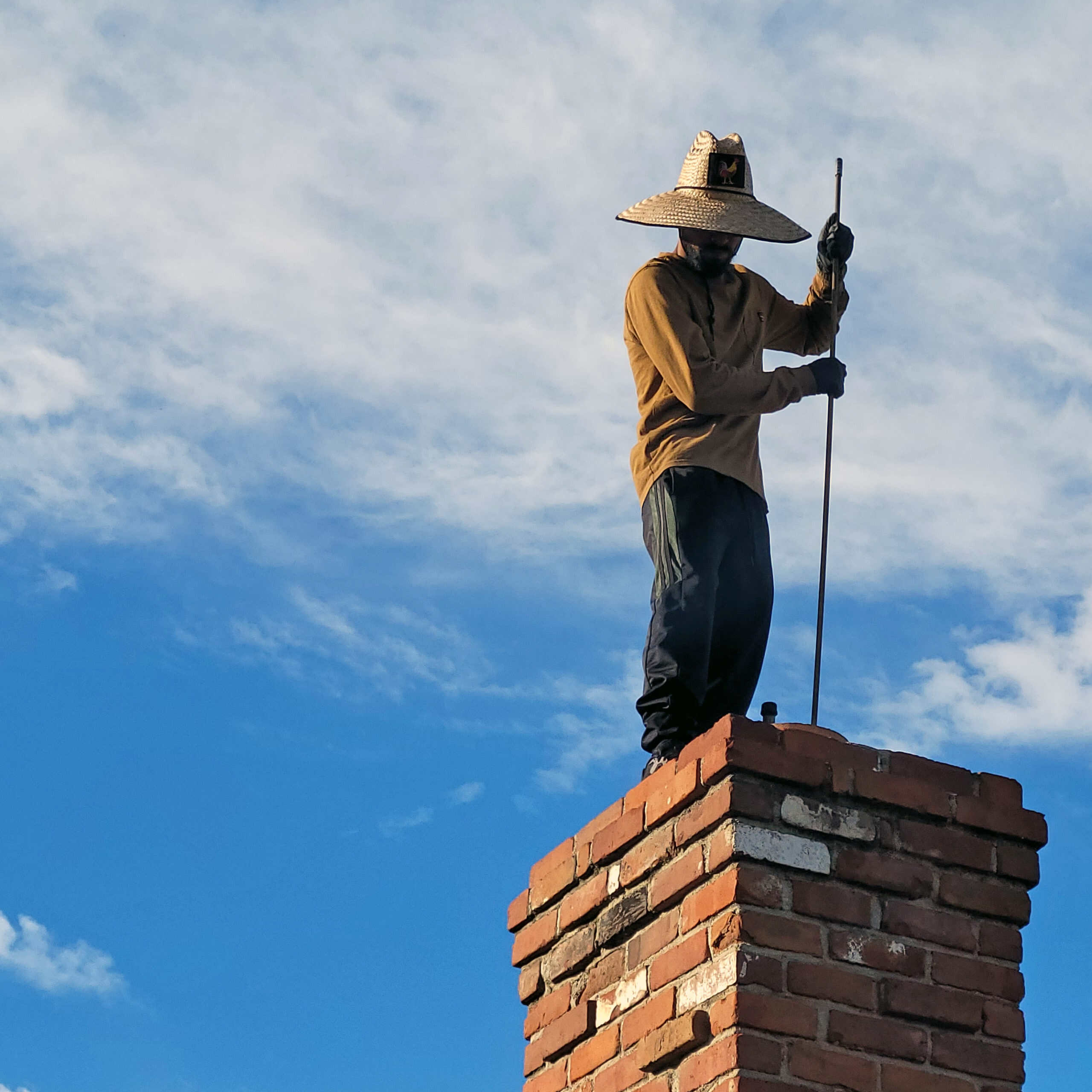

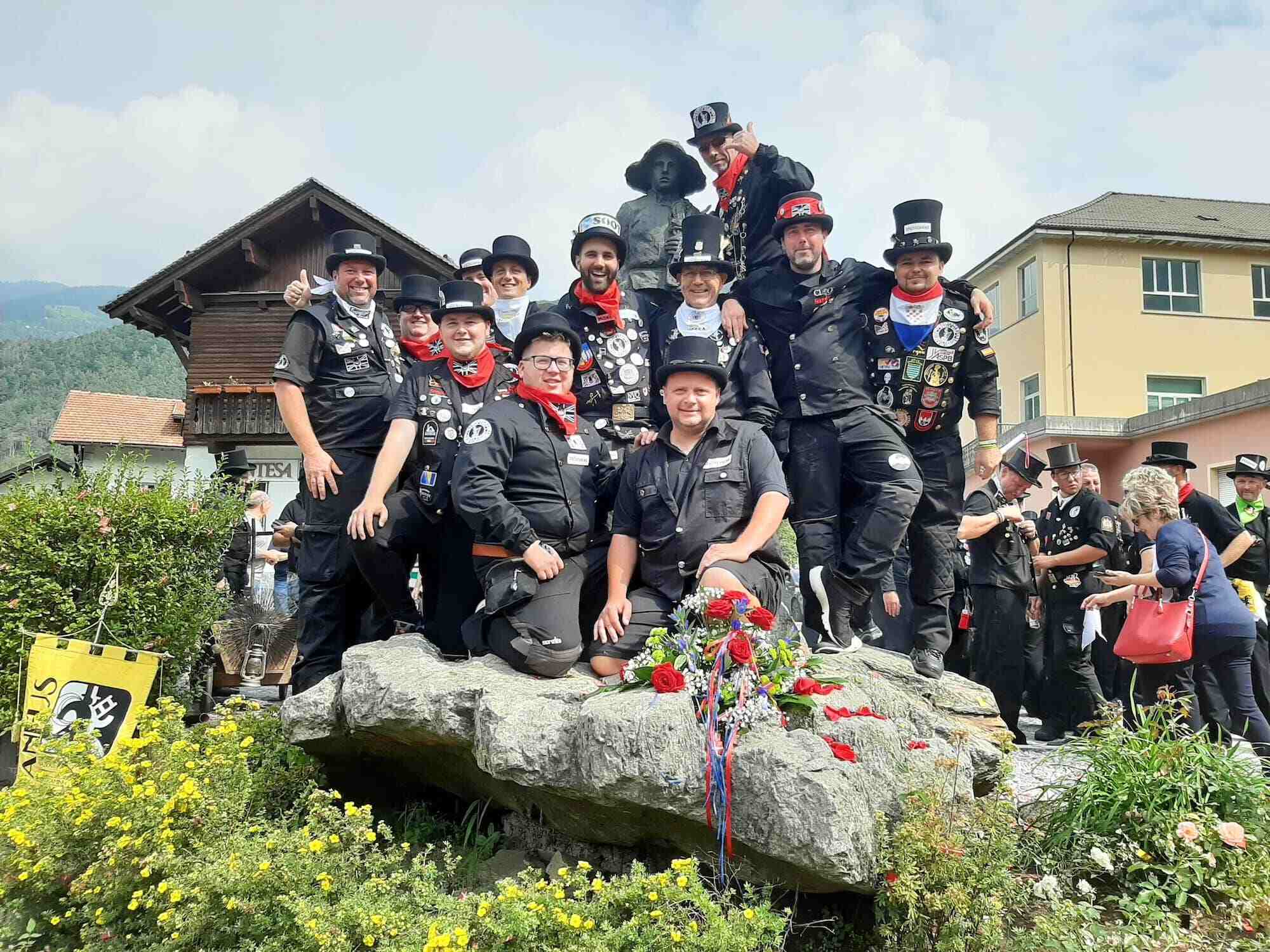

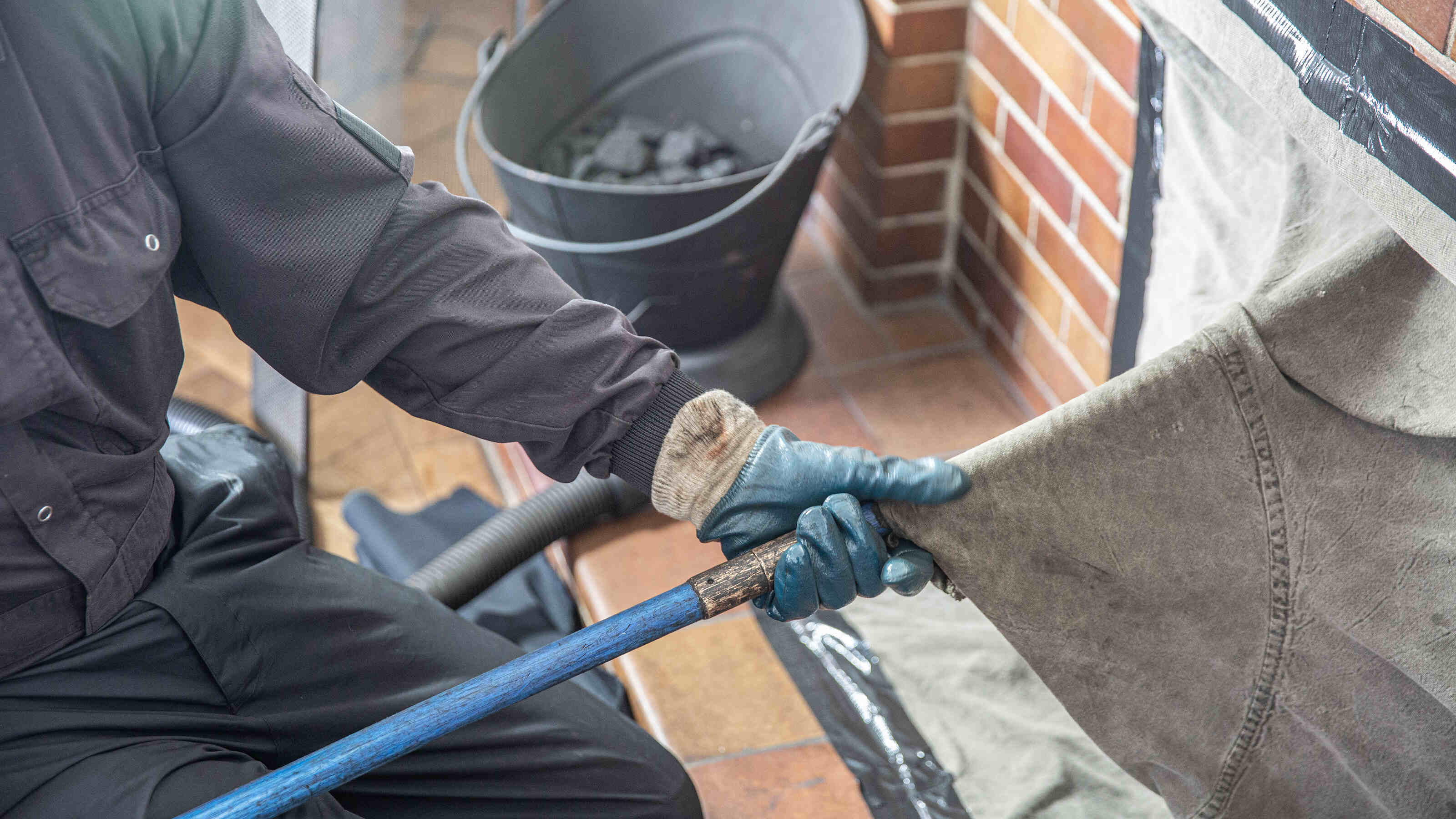
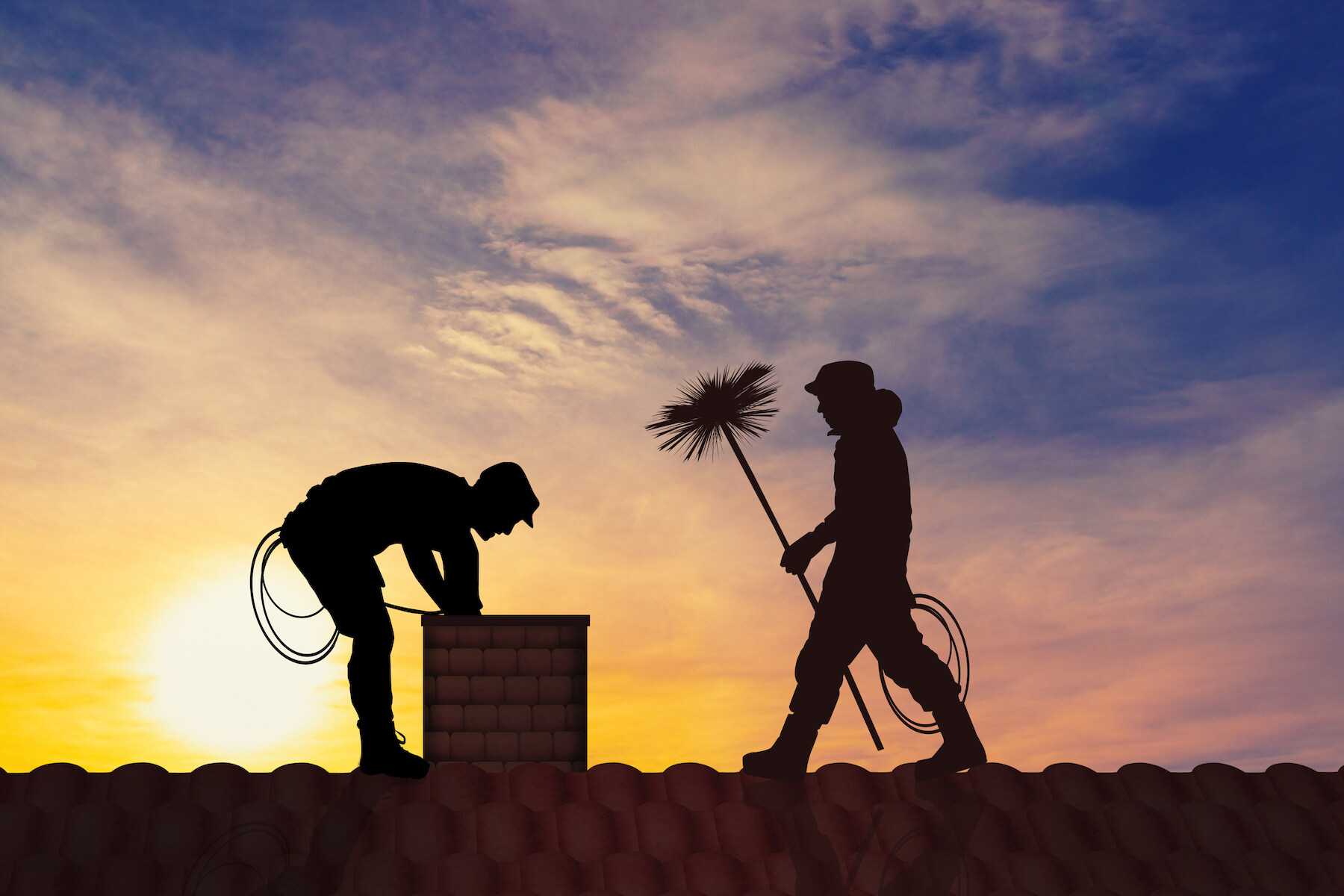

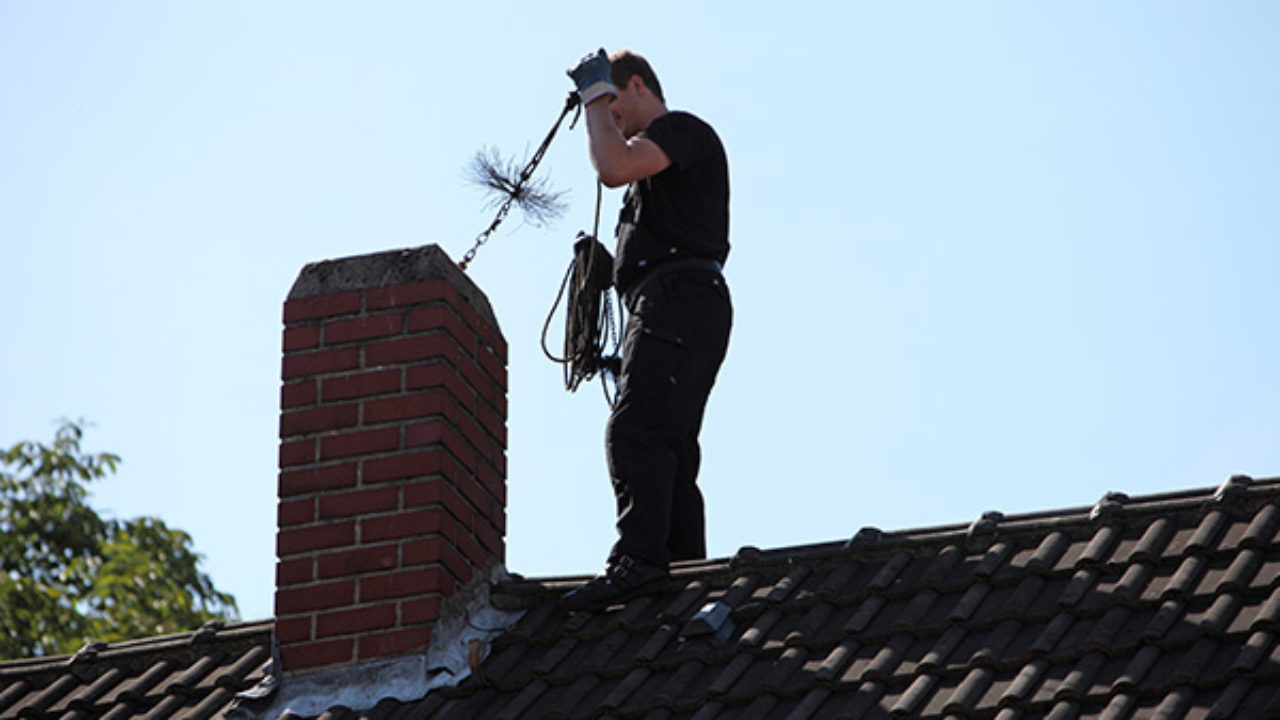
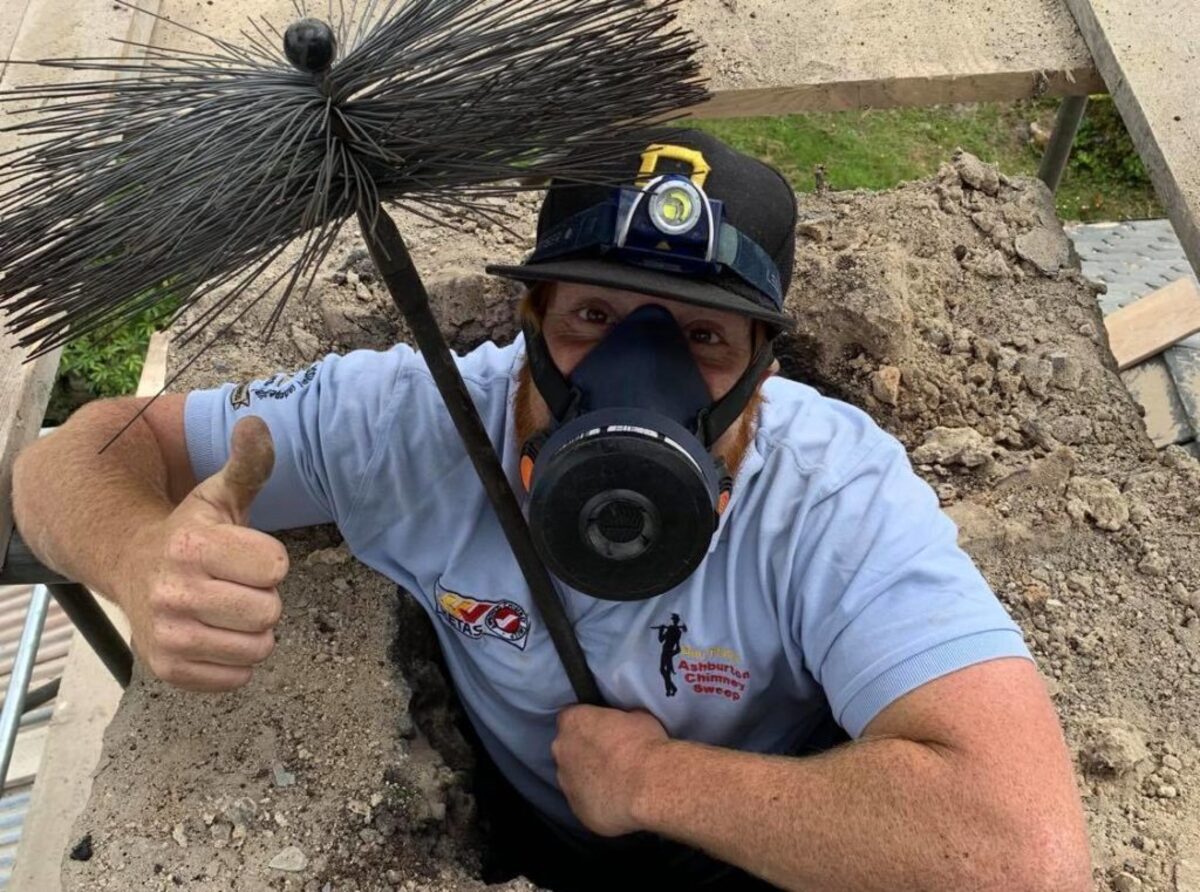


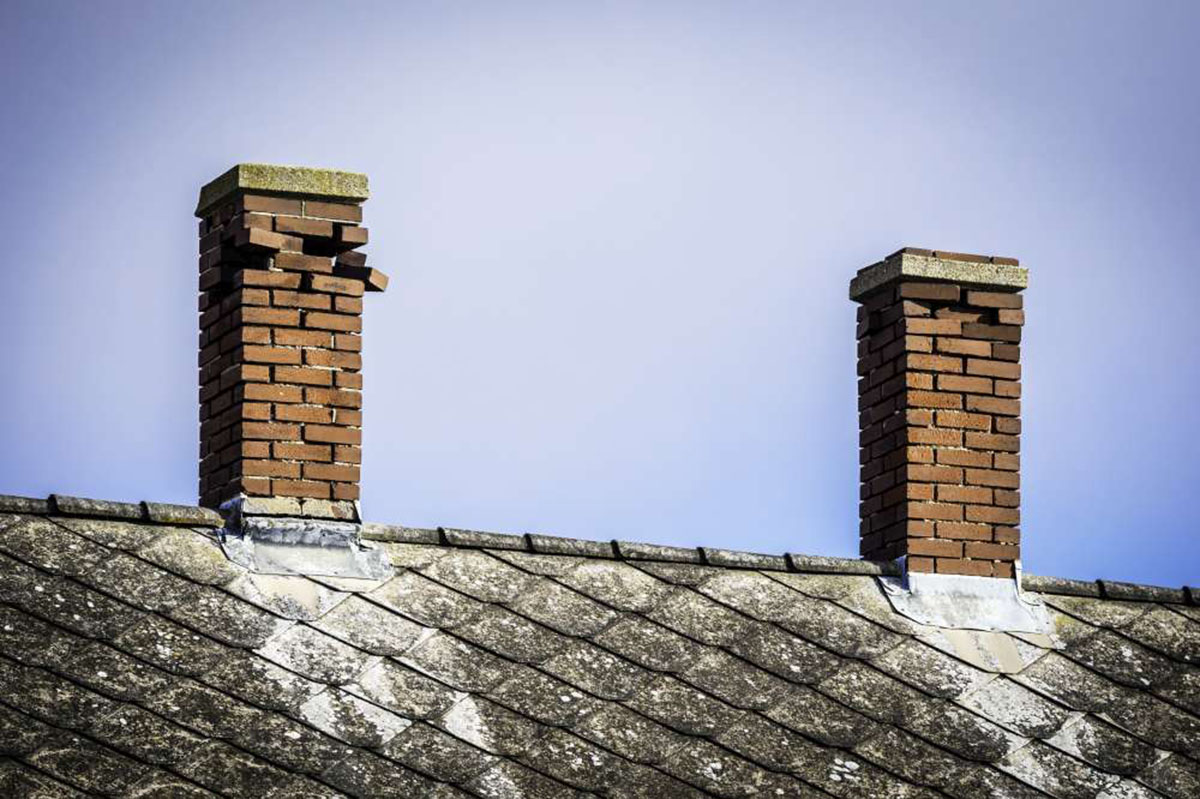



0 thoughts on “How Old Were Chimney Sweeps”